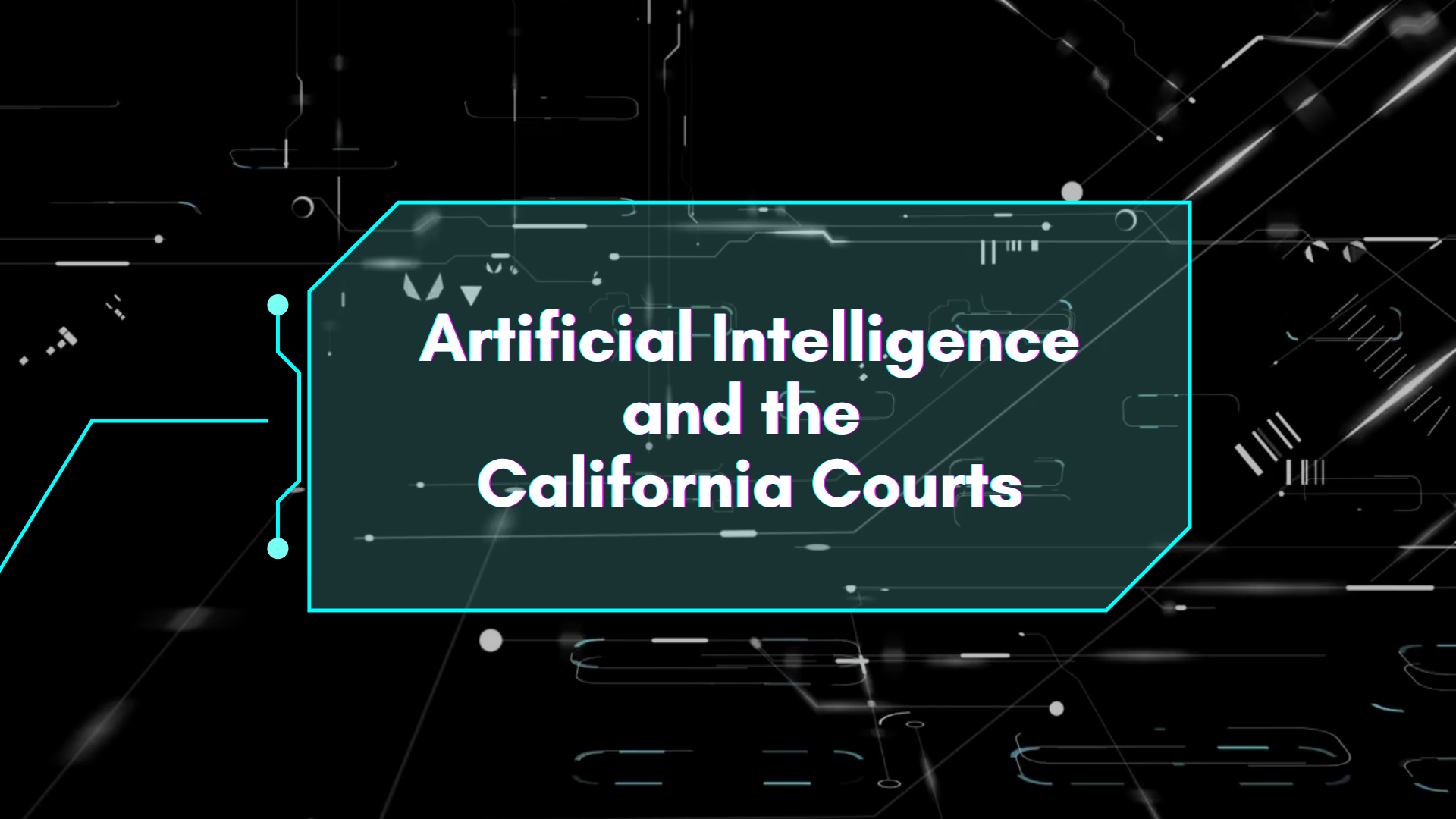California Improving Courthouse Sustainability
SAN FRANCISCO—The Judicial Council heard a presentation at its September 20 meeting on sustainability efforts the judicial branch is employing at courthouses across the state.
“At the heart of our mission are the core values of integrity, reliability, innovation, and efficiency,” said Judge Eric Wersching, a member of the council’s Court Facilities Advisory Committee. “We support access and infrastructure, ensuring that our facilities meet the needs of the judiciary and the public.”
The presentation focused on key courthouse projects that enhance energy efficiency, reduce emissions, conserve water, and improve waste management. Efforts include:
- Water conservation
- Solar procurement
- EV (electric vehicle) charger installations
- Setting additional sustainability standards for courthouse construction
In calendar year 2023, California’s judicial branch reduced the annual water consumption in courthouses statewide by more than 17% compared to the 2019 baseline year. In addition, the council adopted new standards last year that allow the council to target a 12% increase in water conservation and a 15% increase in energy efficiency for its future new courthouse projects.
Currently, the branch has already achieved either gold or silver LEED certification by the U.S. Green Building Council for 21 courthouses across the state and has seven more certifications in progress. LEED certification is a third-party certification program and the nationally accepted benchmark for the design, construction, and operation of high-performance “green” buildings.
Additional long-term goals for the state’s court facilities include electrifying heating systems and increasing the use of renewable energy. The judicial branch will also seek additional funding for sustainability projects in the state budget, and from available grants and rebates. Watch
Judicial Branch Takes Lead on Environmental Law
The council received an update on the importance of environmental law as an emerging area of legal practice. The presentation included an overview of environmental law and climate change, and the role of the California judiciary as a thought leader and leader in judicial education in this area.
“Judges are tasked with making informed decisions on complex issues that can significantly impact public health, economic development, and sustainability of ecosystems,” said Justice Ronald Robie. “Judges are responsible for interpreting legislation and ensuring environmental policies and implemented effectively and justly.”
The council also heard about California’s complex regulatory framework, standards, and diverse geography and ecosystems that make environmental law such a complex area of the law. The presentation detailed how education for the state’s judges is preparing them to preside over these cases and deal with issues such as scientific testimony, specialized pleadings, and the technical trial process and case management.
“These cases often involve complex scientific evidence and large-scale impacts, requiring judges to have a nuanced understanding of both environmental law and science,” added Justice Stacy Boulware Eurie. “Through our education offerings, we strive to ensure that judicial officers are prepared to manage these multifaceted cases effectively.” Watch
Other Items on Council Meeting Agenda:
Judicial Education on Treatment of Sexual Abuse and Assault Victims: Chief Justice Patricia Guerrero directed the council’s Center for Judicial Education and Research to review the judicial branch’s current training related to the treatment of sexual abuse and assault victims, adding that “everyone entering our courtrooms deserve to be treated with respect and in a manner that gives them trust and confidence our judicial system.” The Chief Justice also called on the council’s education office to ensure its training meets best practices and to make it widely available to all judicial officers statewide. Watch
New Court Rules and Forms: The council approved 28 agenda items related to new rules and forms to help implement new legislation or improve case procedures. These include changes in the areas of appellate procedure, civil, criminal, protective orders, probate/conservatorships, traffic, and family and juvenile proceedings. The council also received a presentation on the detailed and collaborative process for creating and revising rules and forms, which includes a period for public comment. The presentation also detailed how the rules and forms help the public navigate the litigation process and ensure the court has the necessary information to help move cases forward. Watch
Revisions to Judicial Branch Contracting Manual: The council approved revisions to the Judicial Branch Contracting Manual. The revisions, which become effective on Oct. 1, implement the recommendation from the California State Auditor to add fraud reporting requirements that are substantially similar to the State Administrative Manual.
New and Reappointed Council Members: The Chief Justice welcomed the eight recently appointed council members taking part in their first official business meeting since they started their terms Sept. 15. She also acknowledged the five reappointed members for agreeing to continue their work on the council. Each year more than 400 judicial officers, court executives, attorneys, and public servants volunteer to serve on the council and its advisory bodies. Watch
Judicial Council Member Nominated for Federal Bench: Council member Judge Michelle Williams Court has been nominated for the U.S. District Court for the Central District of California. If Judge Williams Court is approved at her confirmation hearing on September 25, she will vacate her seat on the council. Other council members acknowledged and thanked her for her work while on the council.
The complete meeting agenda and council reports are posted to the California Courts Meeting Information Center--an archived webcast of today’s meeting is posted.


